Do Vapes Have Tobacco? An Authoritative Guide on Vape Ingredients, Nicotine, and Health Implications
Vaping has become a mainstream alternative to smoking, but many still ask, “Do vapes have tobacco?” This question arises from confusion over vape ingredients, nicotine extraction, and the misconception that the presence of nicotine means the product contains tobacco. In this article, we provide an in‑depth look at vaping technology, clarify common myths about tobacco in vape devices, examine the role of nicotine and other ingredients, and discuss the health and regulatory perspectives. Drawing on authoritative data from organizations like the CDC, the American Cancer Society, and the American Lung Association, we aim to provide clear, trusted answers to this question.
What Are Vapes? Understanding Vaping Technology
Vapes, also known as electronic cigarettes or e‑cigarettes, are battery‑powered devices designed to simulate the experience of smoking without burning tobacco. Instead of combustion, a vape uses an atomizer to heat a liquid—commonly referred to as e‑liquid or e‑juice—to produce an aerosol (often mistakenly called “vapor”) that the user inhales.
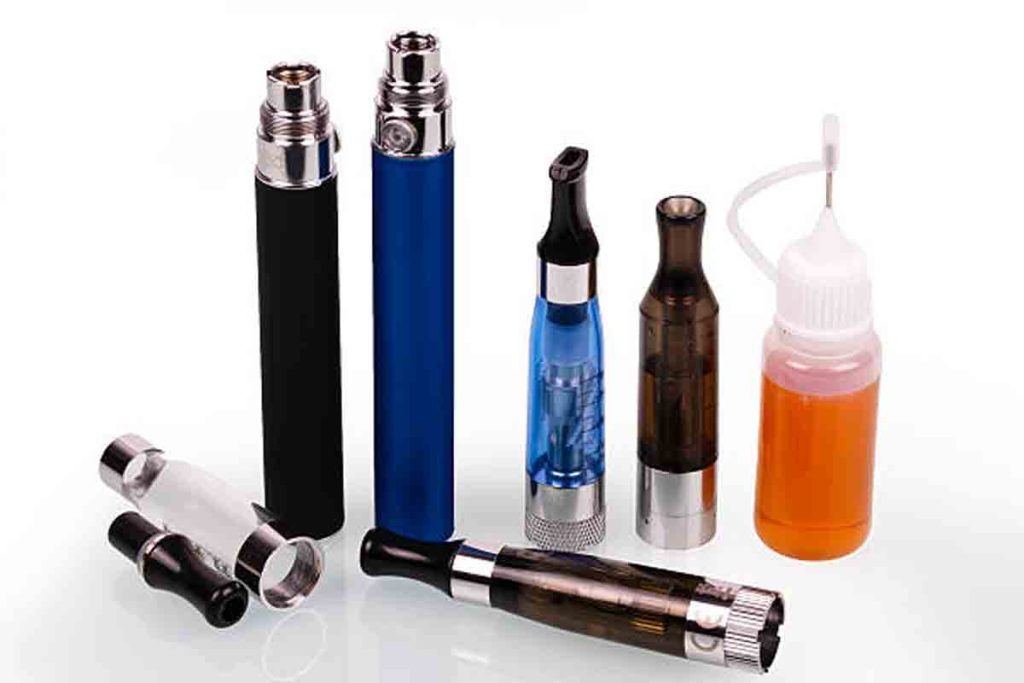
Key Components of Vapes
- Battery: Provides the power to heat the atomizer.
- Atomizer/Heating Element: Heats the e‑liquid to produce an aerosol.
- Cartridge or Tank: Contains the e‑liquid. This liquid typically consists of a blend of propylene glycol and vegetable glycerin, along with flavorings and, in many cases, nicotine.
- Mouthpiece: The part through which the user inhales the aerosol.
Because vapes use e‑liquids rather than burning tobacco, they do not contain tobacco leaves or generate the tar, ash, and combustion by‑products found in traditional cigarettes. This is a crucial point when considering the question, “Do vapes have tobacco?” The answer lies in understanding that while many vape liquids contain nicotine, they do not include tobacco itself.
Do Vapes Have Tobacco? Debunking the Misconception
One of the most persistent myths in vaping is that because vape liquids often contain nicotine—a compound derived from tobacco—they inherently contain tobacco. In reality, vapes do not have tobacco. The nicotine used in many e‑liquids is typically extracted from tobacco plants and then purified for use in vaping products. However, the end product does not include any of the tobacco leaves or other plant matter found in combustible cigarettes.
How Nicotine Is Used in Vapes
Nicotine is a naturally occurring alkaloid in tobacco, but when it is used in vape liquids, it is isolated and added in controlled amounts. This process results in a product that provides nicotine’s effects without the additional harmful chemicals created by burning tobacco. In essence, while the nicotine originates from tobacco, the vape itself is considered tobacco‑free.
Moreover, many manufacturers offer nicotine‑free vape liquids, ensuring that users who wish to avoid nicotine altogether can do so. These products are entirely free of both nicotine and tobacco derivatives, further underscoring that vaping is not synonymous with tobacco consumption.
The Role of Nicotine: Do Vapes Have Tobacco by Proxy?
Nicotine is often at the center of debates about vaping. Although nicotine is most commonly associated with tobacco, its inclusion in e‑liquids does not equate to the presence of tobacco.
Nicotine vs. Tobacco
- Nicotine: A potent stimulant and highly addictive chemical, naturally found in tobacco plants. It is isolated during the manufacturing process and can be added to vape liquids in measured doses.
- Tobacco: The raw plant material that is burned in traditional cigarettes, producing smoke laden with tar and thousands of other chemicals.
Because vaping involves heating an e‑liquid rather than burning tobacco, the harmful by‑products of combustion—such as tar and carbon monoxide—are not generated. However, nicotine itself is not without risk. It can lead to addiction and has potential health implications, particularly for young people and pregnant women. Despite these concerns, nicotine delivered via vaping is considered less harmful than the full spectrum of toxins in tobacco smoke.
Thus, when asking “Do vapes have tobacco?” it is important to distinguish between nicotine (which may be present) and tobacco (which is not).
Additional Ingredients in Vape Liquids: Beyond Tobacco
To further clarify, let’s explore what goes into vape liquids aside from nicotine:
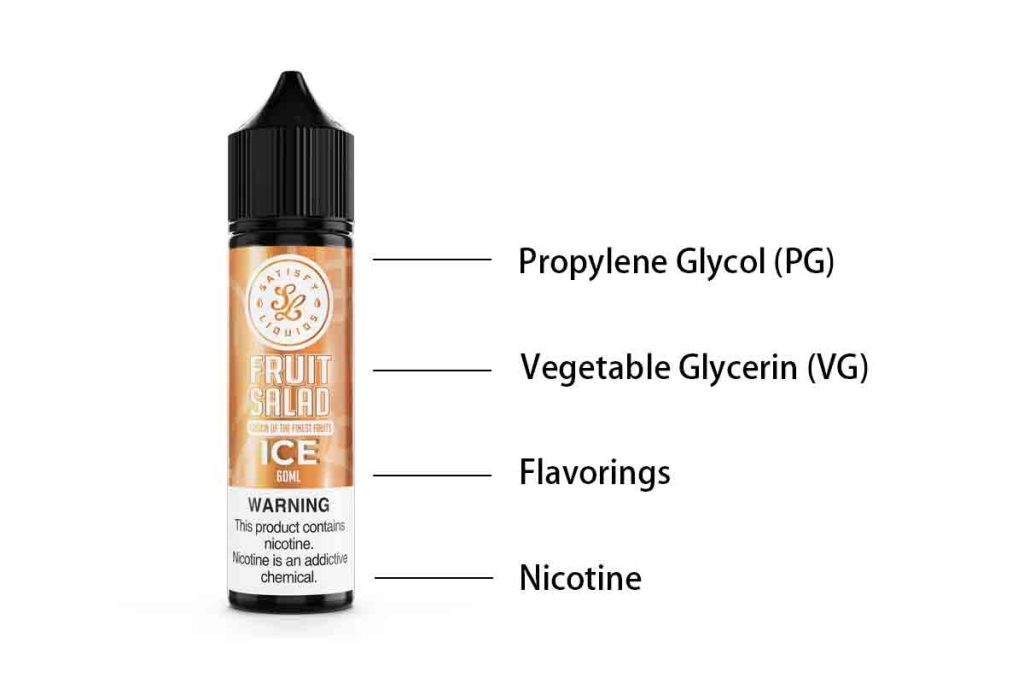
Common Components of Vape Liquids
- Propylene Glycol (PG) and Vegetable Glycerin (VG): These are the primary carriers in e‑liquids. They produce the visible aerosol when heated. PG provides a throat hit similar to smoking, while VG is responsible for thicker vapor production.
- Flavorings: A wide range of natural and artificial flavorings are added to create various tastes. Popular flavors include fruit, menthol, dessert, and tobacco mimic flavors.
- Nicotine: As discussed, this is often added in controlled doses, but many options exist with no nicotine at all.
Quality and Safety Considerations
While vape liquids do not contain tobacco, they can contain impurities or trace chemicals. Some lower‑quality products may include contaminants such as trace metals or volatile organic compounds. However, reputable manufacturers adhere to strict quality controls to ensure safety and consistency. Additionally, many e‑liquids are now produced under guidelines established by regulatory bodies like the FDA and by independent industry groups, ensuring that the product remains free of tobacco components while delivering the intended vaping experience.
This detailed breakdown reinforces that, even though vape liquids often incorporate nicotine extracted from tobacco, they do not include any whole tobacco material.
Health Implications: Vaping Versus Traditional Tobacco Smoking
One of the main reasons vaping has gained popularity is its potential as a harm‑reduction tool for smokers. Numerous studies indicate that vaping is less harmful than smoking combustible tobacco, though it is not entirely risk‑free.
Comparing the Two Methods
- Traditional Cigarettes: Burning tobacco produces tar, carbon monoxide, and thousands of chemicals, many of which are carcinogenic.
- Vapes: Heating an e‑liquid does not create tar or many of the harmful combustion by‑products found in cigarette smoke. However, vaping may expose users to other chemicals and impurities, and the long‑term effects are still being studied.
Health Risks Associated with Vaping
- Nicotine Addiction: Even without tobacco, nicotine is addictive and can have negative effects on cardiovascular health and brain development in adolescents.
- Chemical Exposure: Some vape liquids have been found to contain trace levels of harmful chemicals, though generally at much lower concentrations than in tobacco smoke.
- Respiratory Effects: While research suggests that vaping carries fewer risks for lung diseases than smoking, studies continue to examine potential long‑term respiratory impacts.
According to the CDC, e‑cigarette aerosols contain far fewer toxicants than cigarette smoke, which is why many public health experts consider vaping a promising harm‑reduction strategy for current smokers. Nonetheless, vaping is not without risk, and non‑smokers, particularly youth, are advised against its use.
Frequently Asked Questions (FAQs)
Based on common “people also ask” queries, here are concise answers to the most frequently posed questions about vaping and tobacco:
Q1: Do vapes have tobacco in them?
A: No, vapes do not contain tobacco. They use an e‑liquid that may contain nicotine—often extracted from tobacco—but no tobacco leaves are present.
Q2: Is nicotine the same as tobacco?
A: No, nicotine is a chemical found in tobacco. When used in vape liquids, it is purified and does not include the harmful components of tobacco smoke.
Q3: Do nicotine-free vapes have any trace of tobacco?
A: Nicotine‑free vape liquids contain no nicotine and no tobacco derivatives, making them completely free of tobacco.
Q4: Can vaping cause tobacco-related diseases?
A: Vaping does not expose users to the tar and many carcinogens found in tobacco smoke. However, vaping still carries risks primarily due to nicotine and other chemicals, though these risks are generally lower than those of smoking.
Q5: Why do people ask, “Do vapes have tobacco?”
A: The confusion often arises because many vape liquids contain nicotine—a substance derived from tobacco. However, the manufacturing process isolates nicotine, and vapes do not include any whole tobacco.
Conclusion: The Final Word on “Do Vapes Have Tobacco?”
In summary, vapes do not have tobacco. Although many e‑liquids contain nicotine—which is extracted from tobacco—the vaping process involves heating a liquid rather than burning tobacco. This fundamental difference means that vapes deliver nicotine without the tar, ash, and thousands of other chemicals associated with tobacco combustion. However, while vaping may be a less harmful alternative for adult smokers, it is not risk‑free, and concerns about nicotine addiction and exposure to other chemicals remain. Clear public health communication and strict regulation are essential to ensure that vaping continues to serve as a harm‑reduction tool without encouraging new users, particularly among youth.
Understanding the nuances of vape ingredients versus tobacco content is key for anyone looking to make an informed decision about using e‑cigarettes. As research and regulations evolve, so too will our understanding of the long‑term health implications of vaping. For now, it is clear: while nicotine in vape liquids is tobacco‑derived, vapes themselves are tobacco‑free.


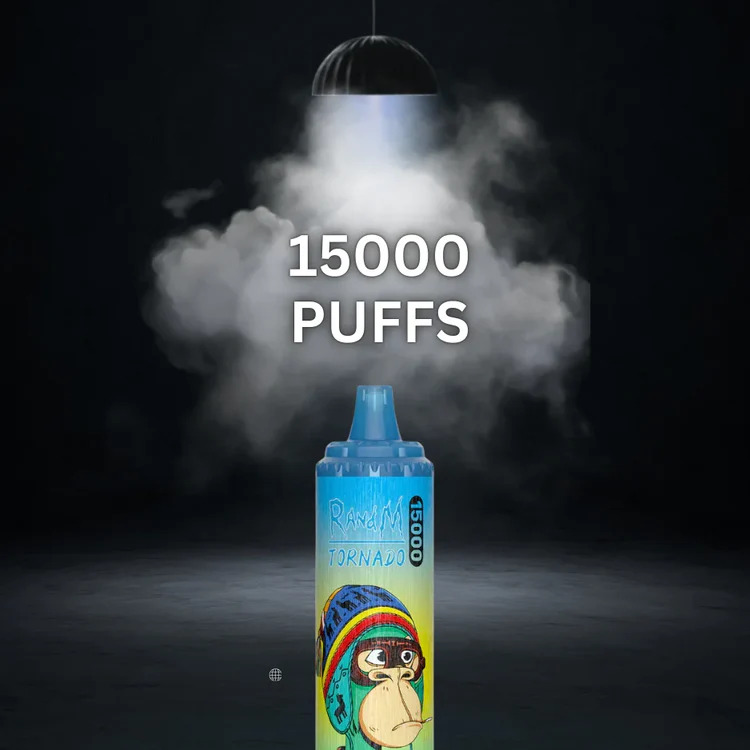
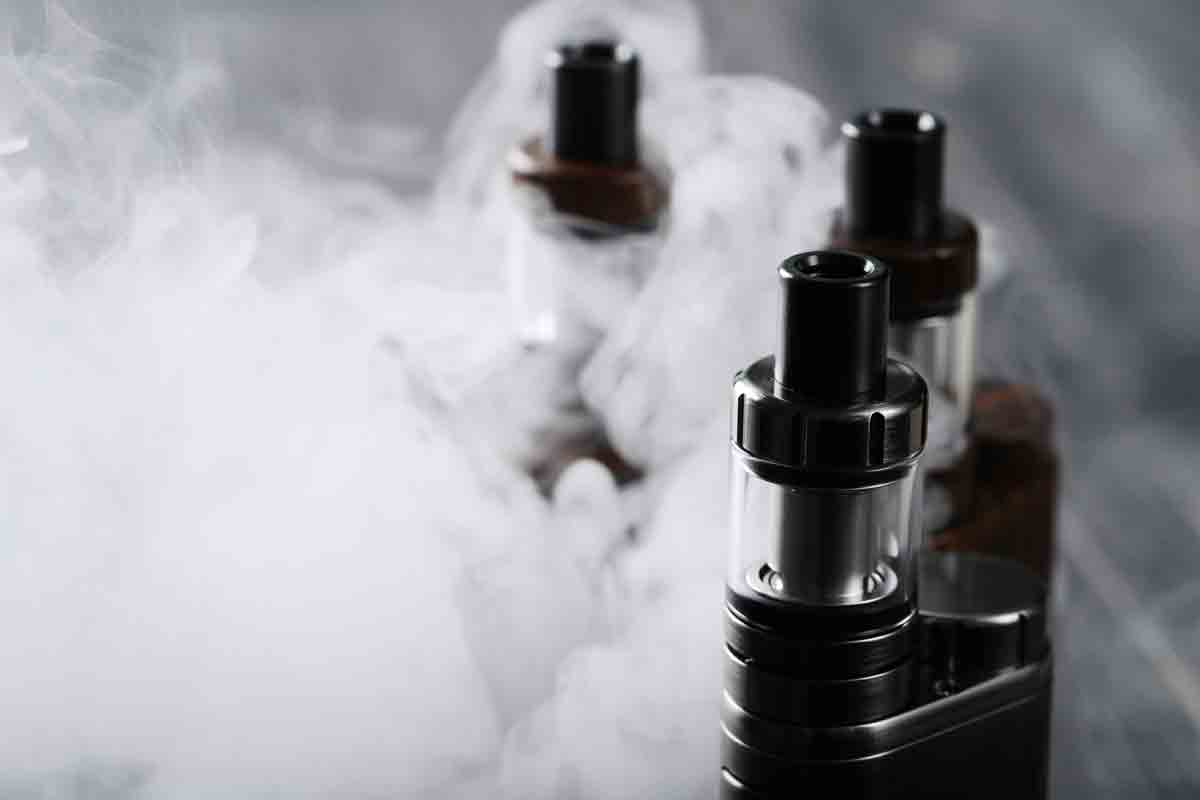
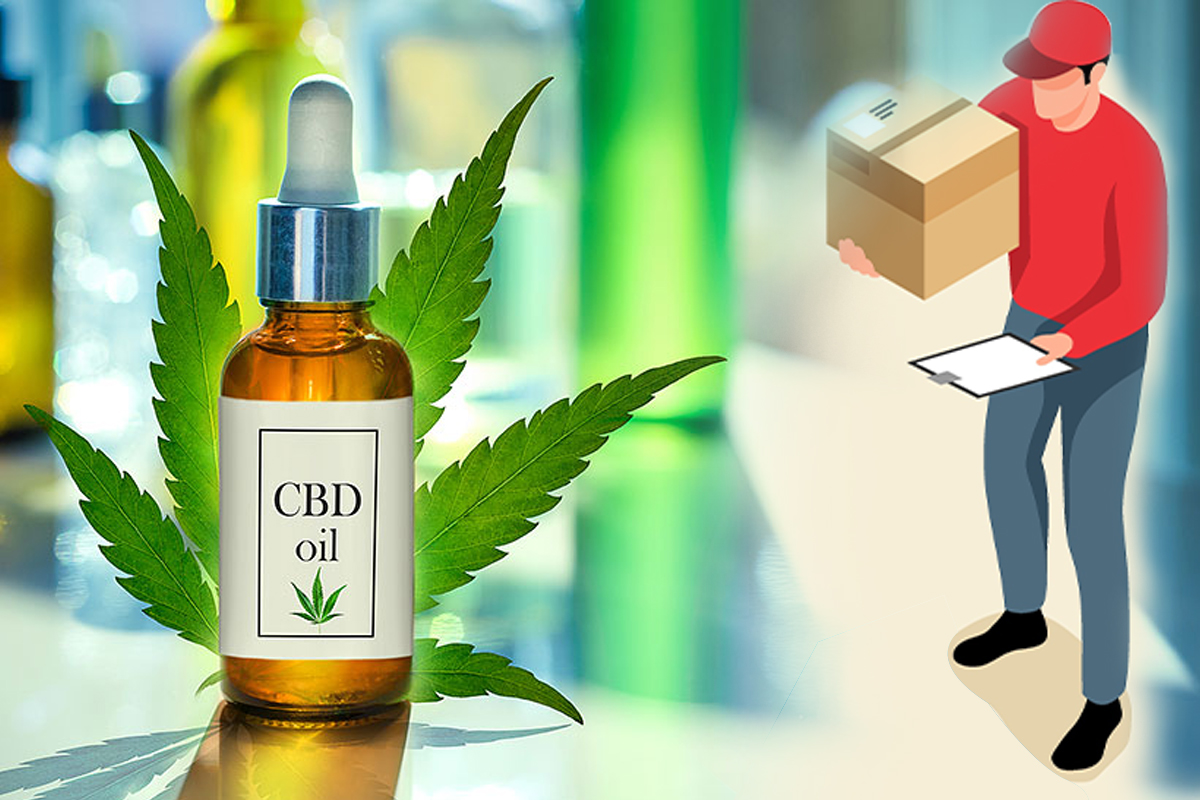


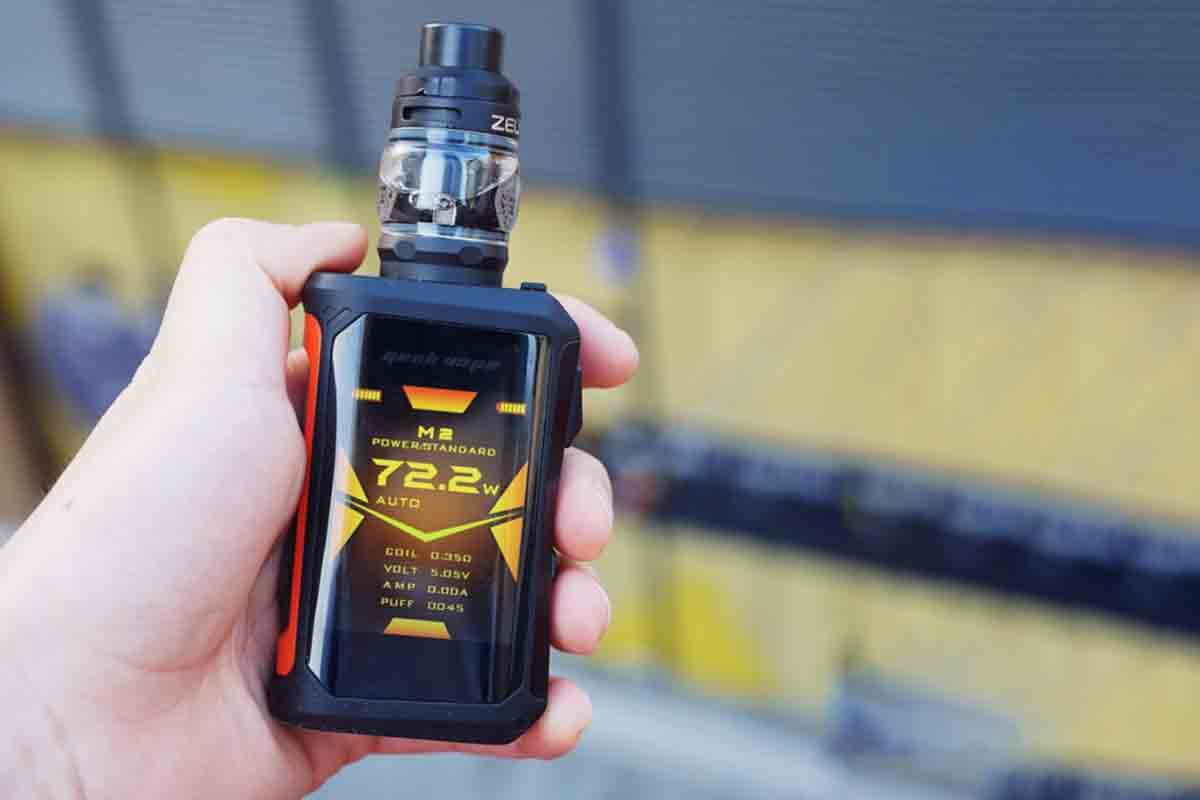

How can vape contain tobacco